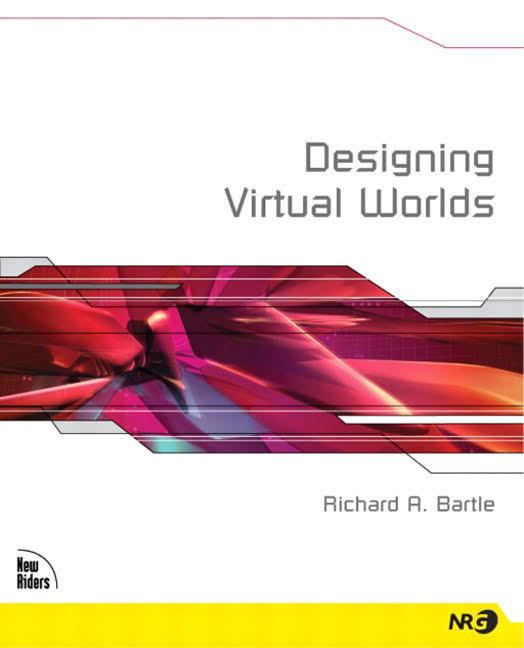7.8 /10 1 Votes7.8
Country United States Publisher New Riders Originally published 2003 Page count 741 | 3.9/5 Goodreads Language English Publication date 2003 Pages 741 | |||||||||||||||||||||||||||||||||
 | ||||||||||||||||||||||||||||||||||
Similar Virtual reality books, Cyberspace books, Non-fiction books | ||||||||||||||||||||||||||||||||||
Designing Virtual Worlds is a book about the practice of virtual world development by Richard Bartle. It has been called "the bible of MMORPG design" and spoken of as "excellent", "seminal", "widely read", "the standard text on the subject", "the most comprehensive guide to gaming virtual worlds" and "a foundation text for researchers and developers of virtual worlds" that is "strongly recommended for anyone actually thinking about building one of these places" and "describes the minimum level of competency you should have when discussing design issues for virtual worlds". It has been noted as an authoritative source regarding the history of world-based online games. Its coverage of the virtual world design process has been called "a step further than most [books] in game design instruction". In less favorable reception, one reviewer, while calling it a "must-read" work, said he found "much that was questionable, incomplete, or just erroneous" in it. College courses have been taught using it.
Designing Virtual Worlds has been noted for its arguments that the fundamentals of player relationships to the virtual world and each other are independent of technical issues and are characterized by a blending of online and offline identity, that players do not know what will provide them with a positive game experience, that being the designer's role, and that the purpose of virtual worlds is the player's exploration of self, as well as for its expansion of the earlier 4-type Bartle gamer style taxonomy into an 8-type model and its focus on the practicalities of its subject.
